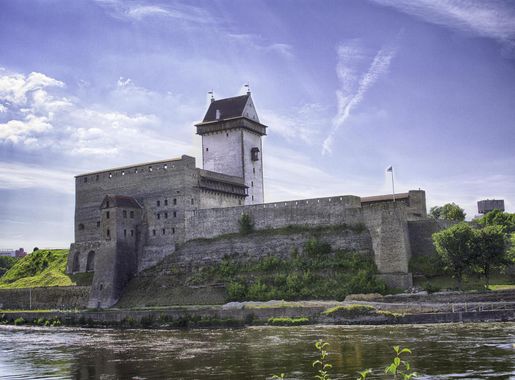
Narva Castle: Estonia's Timeless Fortress
Discover the rich history and stunning views of Narva Castle, a medieval fortress on Estonia's eastern border, offering a unique blend of culture, heritage, and scenic beauty.
Narva Castle, also known as Hermann Castle, is a majestic stronghold located on the eastern border of Estonia. It stands proudly on the banks of the Narva River, facing the Russian Ivangorod Fortress across the water. This historic fortress dates back to the 13th century and has been a site of strategic military importance throughout the centuries. Visitors to Narva Castle can explore its well-preserved medieval architecture, including the imposing Tall Hermann Tower, which offers breathtaking panoramic views of both Estonia and Russia. The castle's interior houses a museum that showcases the rich history and culture of the region, with exhibits ranging from ancient artifacts to interactive displays. The castle grounds are equally enchanting, with lush gardens and scenic walkways that invite leisurely strolls. During the summer months, the castle hosts various events and festivals, providing a lively and vibrant atmosphere. Whether you are a history enthusiast, a culture seeker, or simply looking for a picturesque spot to relax, Narva Castle offers a unique and unforgettable experience.
Local tips in Narva Castle
- Visit early in the morning to avoid the crowds and enjoy a peaceful exploration of the castle.
- Don't miss the Tall Hermann Tower for the best views of Narva and the Russian Ivangorod Fortress.
- Check the local event calendar for any festivals or activities during your visit.
- Wear comfortable shoes as there are many steps and uneven paths within the castle grounds.
- Consider joining a guided tour to gain deeper insights into the castle's history and significance.
Narva Castle: Estonia's Timeless Fortress
Narva Castle, also known as Hermann Castle, is a majestic stronghold located on the eastern border of Estonia. It stands proudly on the banks of the Narva River, facing the Russian Ivangorod Fortress across the water. This historic fortress dates back to the 13th century and has been a site of strategic military importance throughout the centuries. Visitors to Narva Castle can explore its well-preserved medieval architecture, including the imposing Tall Hermann Tower, which offers breathtaking panoramic views of both Estonia and Russia. The castle's interior houses a museum that showcases the rich history and culture of the region, with exhibits ranging from ancient artifacts to interactive displays. The castle grounds are equally enchanting, with lush gardens and scenic walkways that invite leisurely strolls. During the summer months, the castle hosts various events and festivals, providing a lively and vibrant atmosphere. Whether you are a history enthusiast, a culture seeker, or simply looking for a picturesque spot to relax, Narva Castle offers a unique and unforgettable experience.
When is the best time to go to Narva Castle?
Iconic landmarks you can’t miss
Narva Muuseum
Discover the rich history and stunning views at Narva Muuseum, a cultural gem on Estonia's border.
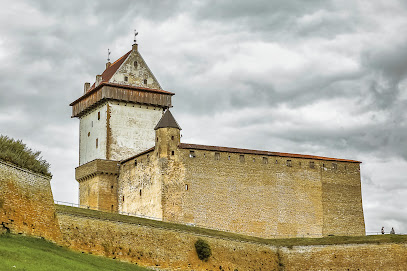
Narva Town Hall
Discover the historical charm of Narva Town Hall, a stunning Baroque landmark that offers a glimpse into the rich heritage of Estonia's picturesque city.
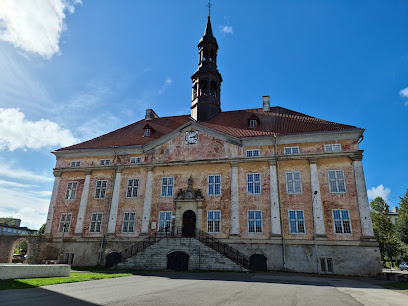
Victoria Bastion Casemates
Discover the rich history and stunning architecture of Victoria Bastion Casemates, a must-visit museum in Narva, Estonia, showcasing military heritage.
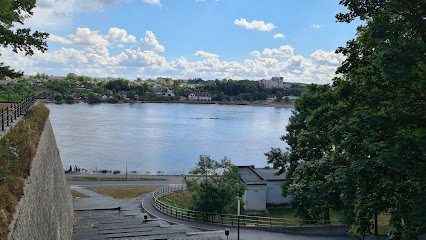
Swedish lion statue in Narva
Explore the grandeur of the Swedish Lion Statue in Narva, a historical gem offering stunning views and rich cultural heritage.

Narva Art Gallery
Explore the Narva Art Gallery, where contemporary art meets historical heritage in the heart of Narva, Estonia.
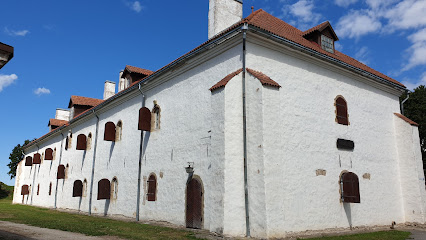
Narva Muuseumi Põhjaõu
Discover the intriguing history and cultural heritage of Narva at Narva Muuseumi Põhjaau, a captivating destination for history enthusiasts and curious travelers.
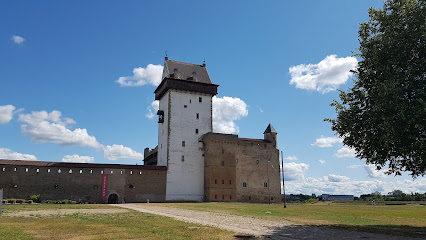
Vana Narva makett / Макет старой Нарвы / Model of Old Narva
Explore the rich history of Narva at the Vana Narva makett, where the past comes alive through stunning miniature models and engaging exhibits.
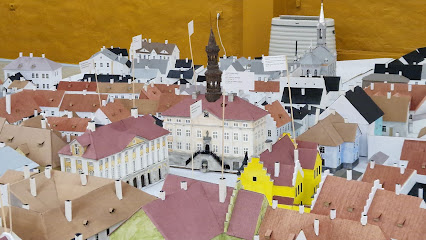
Narva Castle Rooms
Discover the enchanting Narva Castle Rooms, where medieval charm meets modern comfort in the heart of Estonia's historic landscape.
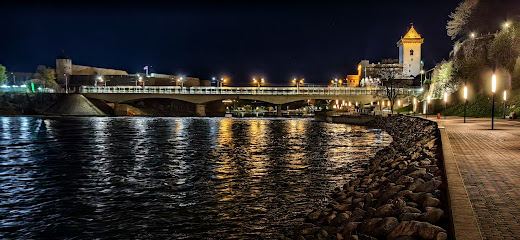
Hermann Castle
Discover Hermann Castle, a magnificent historical landmark in Narva, Estonia, showcasing medieval architecture and a rich cultural heritage.
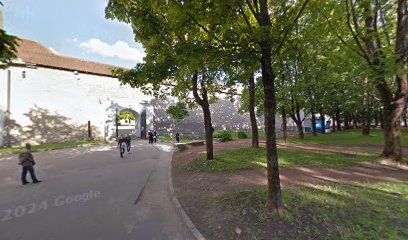
Unmissable attractions to see
River Promenade
Experience the beauty and culture of Narva at the scenic River Promenade, a perfect blend of nature and history.

Ivangorod Fortress
Discover the historical Ivangorod Fortress, a stunning landmark on the Russian-Estonian border, rich in history and scenic beauty.
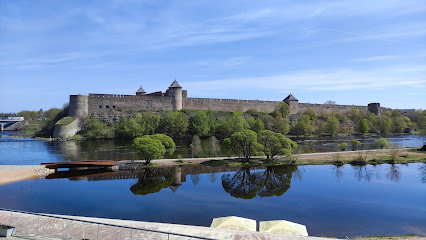
Narva Town Hall
Explore the historic Narva Town Hall, a captivating landmark showcasing Estonia's rich heritage and stunning architecture, located in the heart of Narva.
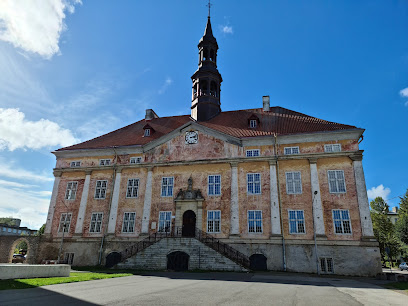
Swedish lion statue in Narva
Explore the Swedish Lion Statue in Narva, a historical landmark offering stunning views of the castle and a glimpse into Estonia's rich heritage.
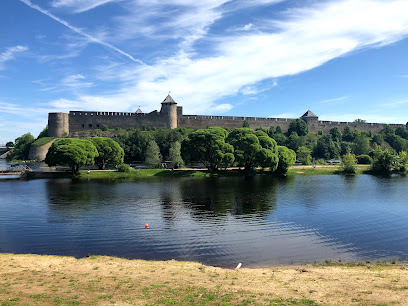
Pimeaed
Explore the tranquil beauty of Pimeaed Park in Narva, a perfect blend of nature, relaxation, and scenic pathways.
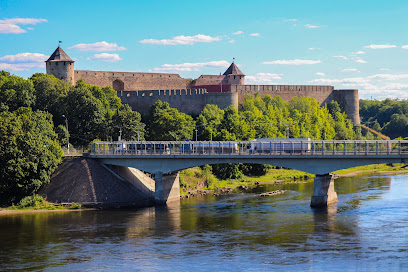
Narva Art Gallery
Explore artistic creativity and cultural heritage at Narva Art Gallery, featuring captivating exhibitions and community events in the heart of Narva.
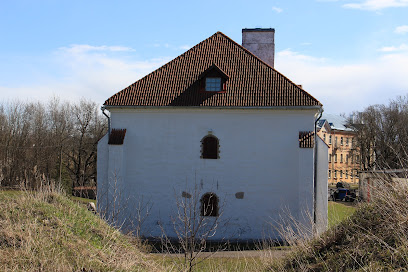
Light Park
Discover the serene beauty of Light Park in Narva-Jõesuu, a perfect escape into nature for relaxation and family fun.
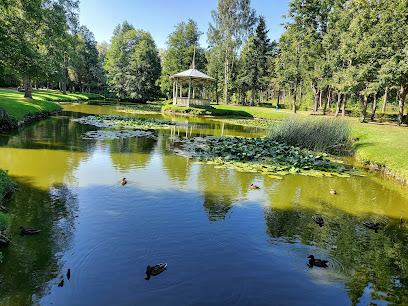
Hahn's Steps
Experience the historical charm and breathtaking views at Hahn's Steps, a must-visit attraction in Narva, Estonia, where history and nature meet.
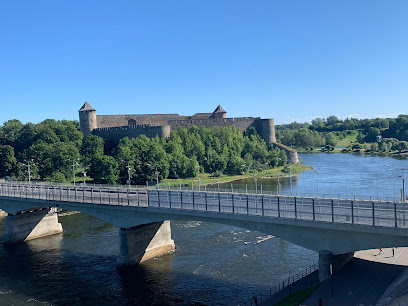
Narva Muuseumi Põhjaõu
Explore the rich heritage of Narva at Narva Muuseumi Põhjaõu, where history comes alive through engaging exhibits and cultural experiences.
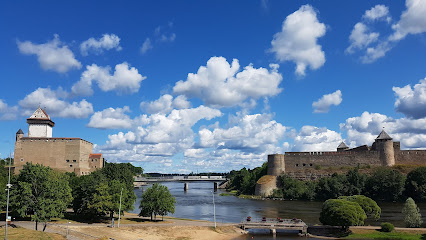
Dark Park
Explore the enchanting Dark Park in Narva-Jõesuu, Estonia, a serene escape into nature's beauty and tranquility.
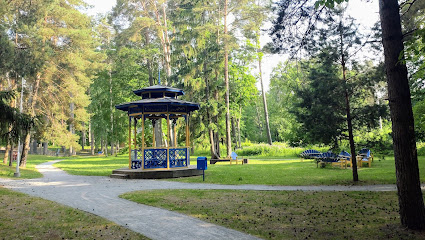
Hermann Castle
Explore Hermann Castle, a historical landmark in Narva, Estonia, where medieval architecture meets rich history along the scenic Narva River.

Essential places to dine
Meretare
Discover Meretare: A culinary treasure in Narva-Jõesuu offering delightful dishes inspired by local flavors.
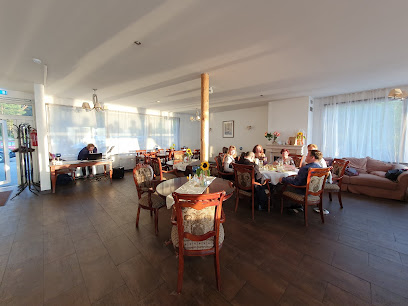
Noorus SPA Inn
Discover tranquility at Noorus SPA Inn in Narva-Jõesuu - where luxury meets nature for an unforgettable wellness retreat.

Kohvik Muna
Discover Kohvik Muna: A cozy cafeteria in Narva offering delicious local cuisine and a welcoming atmosphere perfect for tourists.
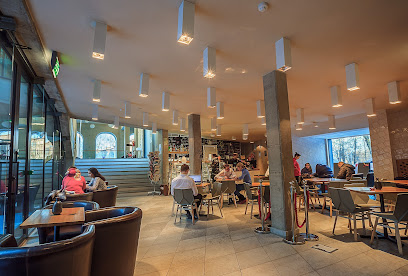
Sushi King Narva
Discover authentic sushi and traditional Japanese cuisine at Sushi King Narva - where fresh ingredients meet exceptional flavor.
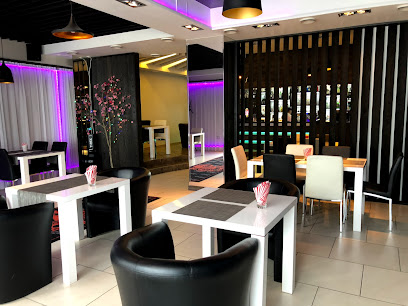
Traffic cafe
Discover Traffic Cafe: A Cozy Restaurant in Narva-Jõesuu Offering Delicious Cuisine and Inviting Atmosphere.
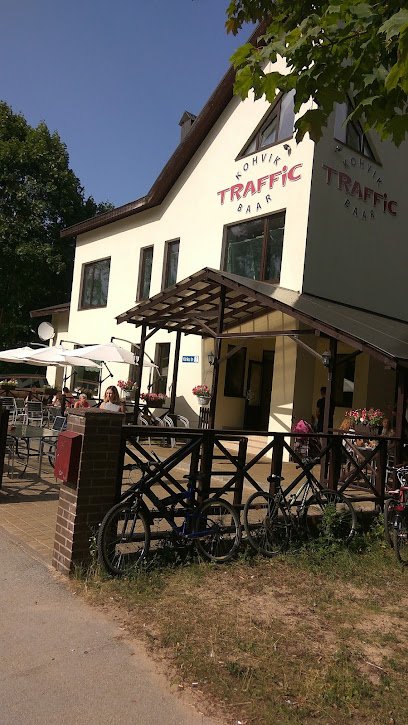
Franzia
Discover culinary excellence at Franzia in Narva-Jõesuu - where local flavors meet exceptional service in a cozy seaside setting.
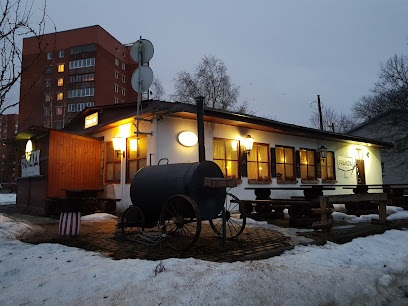
Kohvik Kahketi
Discover authentic Georgian cuisine at Kohvik Kahketi in Narva-Jõesuu - a culinary journey filled with rich flavors and warm hospitality.

Pärl
Experience authentic Estonian cuisine at Pärl, where every dish tells a story of Narva's rich culinary heritage.
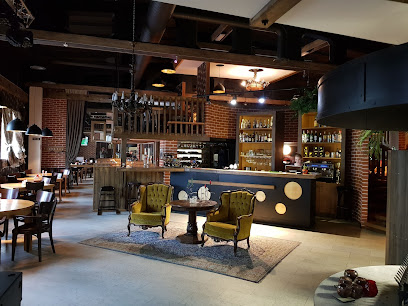
Pizza Kebab
Experience the best pizza in Narva at Pizza Kebab - where every slice tells a story of flavor.
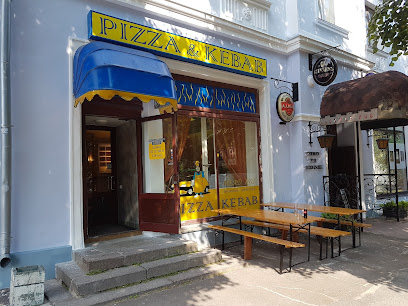
Petchki Lavotchki
Discover the charm of Petchki Lavotchki in Narva: where family-friendly dining meets delightful small plates in a cozy atmosphere.
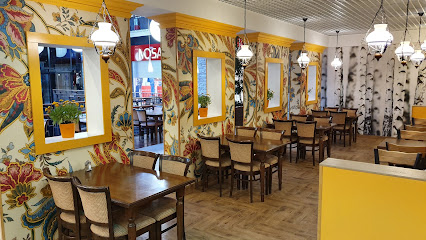
Narova grill house
Savor mouthwatering steaks at Narova Grill House in Narva—where culinary excellence meets warm hospitality.
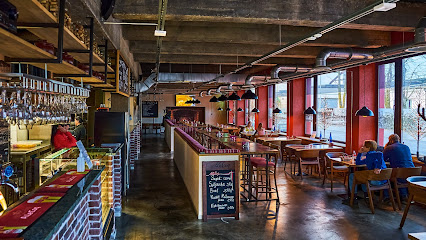
Restoran Gioventu
Experience culinary excellence at Restoran Gioventu in Narva-Jõesuu—where local flavors meet warm hospitality.
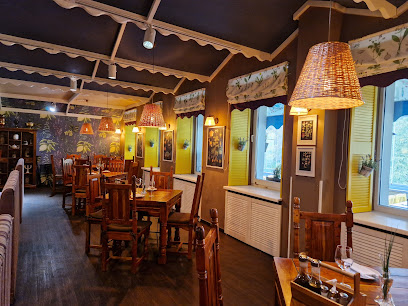
Dve Sestry
Experience authentic Estonian flavors at Dve Sestry, Narva's beloved family-style restaurant offering comfort food in a cozy setting.
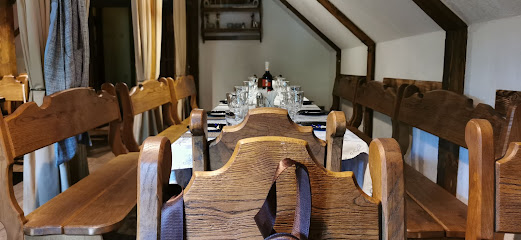
Restoran Kuurort
Experience authentic Estonian cuisine in a cozy setting at Restoran Kuurort in Narva-Jõesuu.
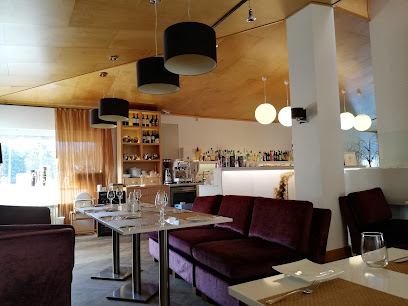
German Pub
Discover the essence of German cuisine at Narva's beloved German Pub, where hearty dishes meet a vibrant atmosphere.
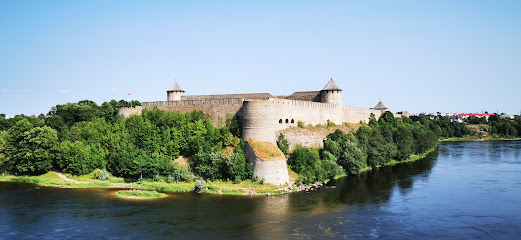
Markets, malls and hidden boutiques
Narva Muuseum
Explore Narva Muuseum, a cultural gem revealing the fascinating history of Narva and Estonia, perfect for history enthusiasts and curious travelers.
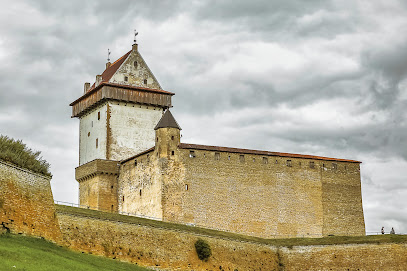
Astri Center
Discover the vibrant Astri Center in Narva, Estonia—a shopping paradise with dining, entertainment, and local delights for every traveler.

River Promenade
Discover the tranquil beauty of the River Promenade in Narva, Estonia, where scenic views meet rich local culture and history.
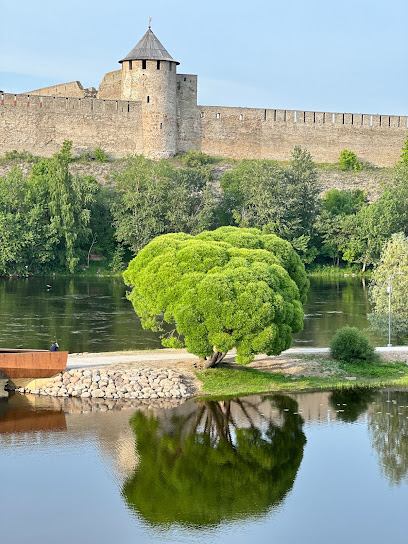
Narva Art Gallery
Discover captivating art and cultural experiences at Narva Art Gallery, a must-visit destination for art enthusiasts in Estonia.
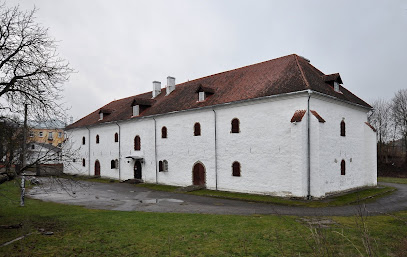
Магазин рабочей одежды Roba
Explore Roba in Narva for top-quality work clothes and firearms, blending local culture with exceptional service.
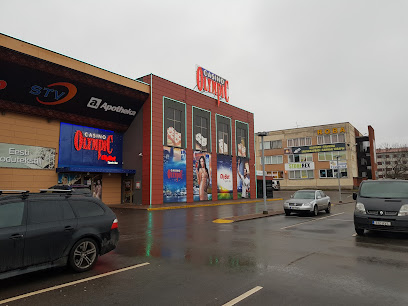
Araxes Puskini
Discover the charm of local shopping at Araxes Puskini in Narva, where quality meets authenticity in a delightful retail experience.

Narva Muuseumi Põhjaõu
Explore the captivating history and culture of Narva at the stunning Narva Muuseumi Põhjaõu, a must-visit tourist attraction.
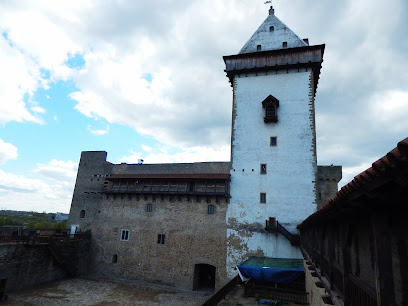
Model of Old Narva
Explore the detailed miniature Model of Old Narva, where history and artistry blend to showcase the city’s rich heritage and architectural wonders.
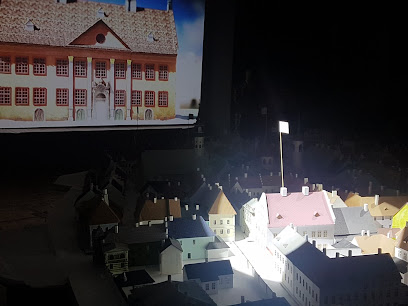
Vana Narva makett / Макет старой Нарвы / Model of Old Narva
Unearth the rich history of Narva at the Model of Old Narva, a captivating museum showcasing the city's architectural heritage.
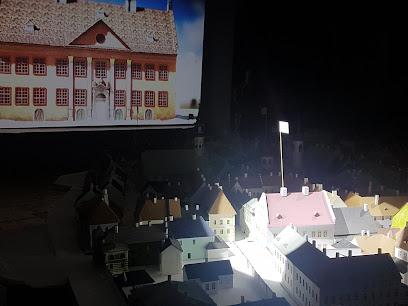
Narva Muuseumi Suveniiripood
Discover unique Estonian treasures at Narva Muuseumi Suveniiripood, where local culture and craftsmanship come to life in every souvenir.
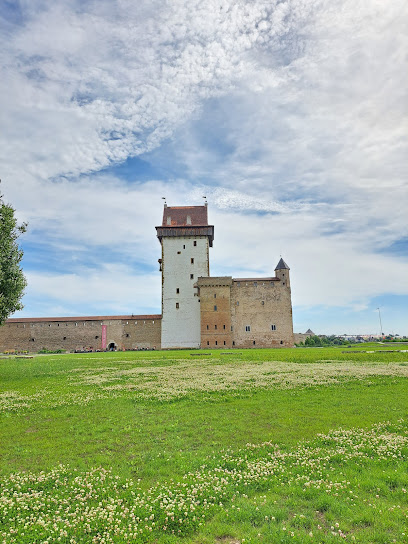
ITAK Terviseabivahendid (Narva)
Discover the essential medical supplies at ITAK Terviseabivahendid in Narva, Estonia—your trusted destination for health and wellness products.
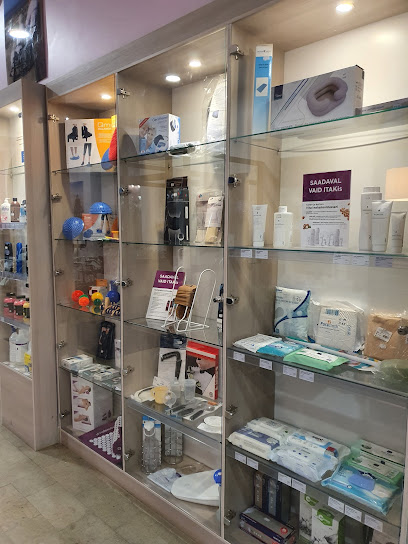
Virelton
Explore Virelton in Narva – a haven for exquisite handcrafted furniture reflecting Estonian artistry and craftsmanship.
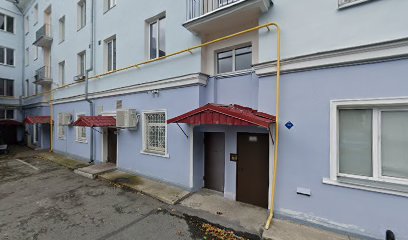
Essential bars & hidden hideouts
Meretare
Experience the flavors of Estonia at Meretare, a charming restaurant and café with stunning views of the Baltic Sea in Narva-Jõesuu.
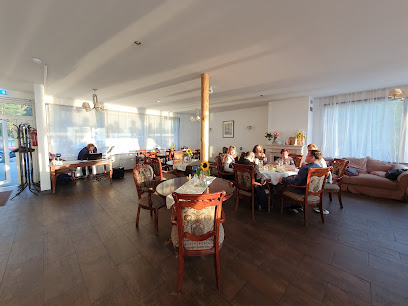
Club RO RO
Explore the lively atmosphere of Club RO RO in Narva – a unique blend of disco, live music, and a welcoming pub experience.

Kohvik Muna
Discover the culinary charm of Kohvik Muna in Narva, where local flavors meet a cozy atmosphere for an unforgettable dining experience.
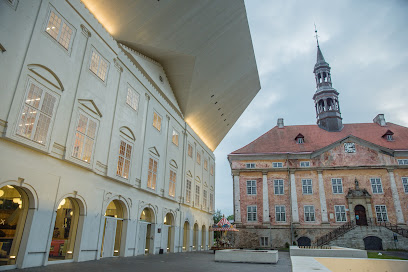
Traffic cafe
Experience the culinary charm of Traffic Cafe in Narva-Jõesuu, where delicious meals and a cozy atmosphere await every visitor.
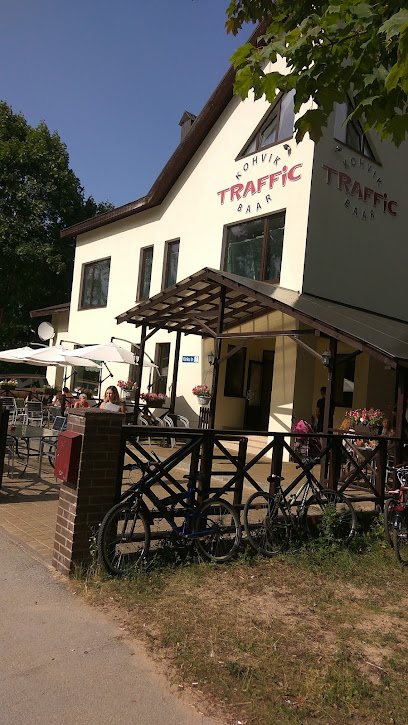
Franzia
Experience the best of Estonian cuisine at Franzia, a cozy restaurant in Narva-Jõesuu, where local flavors meet coastal charm.
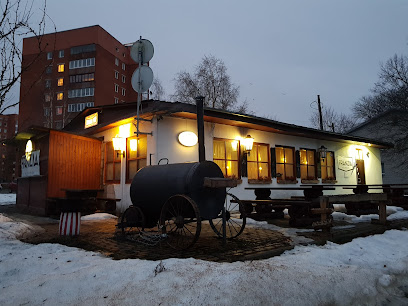
The Old Irish Pub
Discover the warmth of Ireland at The Old Irish Pub in Narva, where great food, drinks, and live music await you.
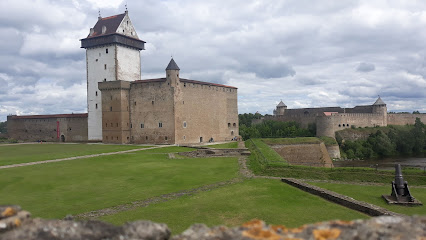
Albatross
Discover the flavors of Narva-Jõesuu at Albatross, a cozy cafe offering delicious pastries and artisanal drinks in a serene coastal setting.
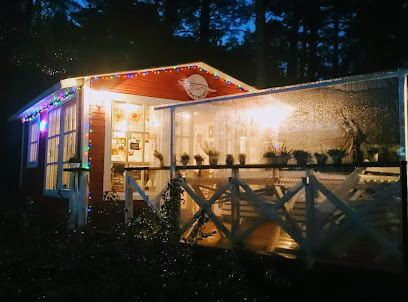
Valge Kõrvits
Discover the charm of Narva at Valge Kõrvits, a cozy café offering delightful local cuisine and a warm atmosphere.
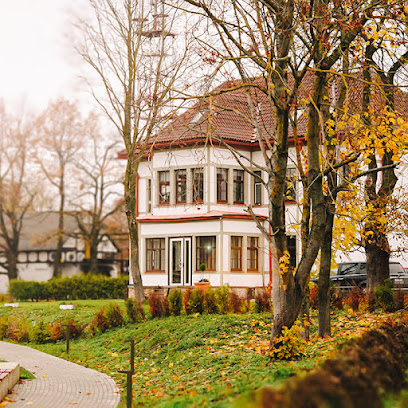
German Pub
Discover the charm of German hospitality at the German Pub in Narva, offering delicious cuisine and a welcoming atmosphere for every traveler.
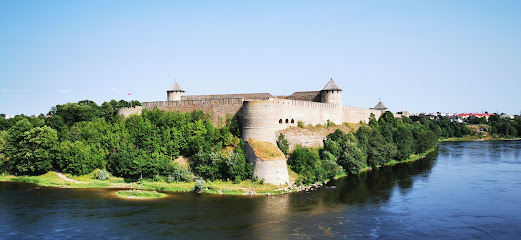
Grillberg
Discover the vibrant atmosphere of Grillberg, a charming bar in Narva offering a delightful selection of drinks and a taste of local culture.
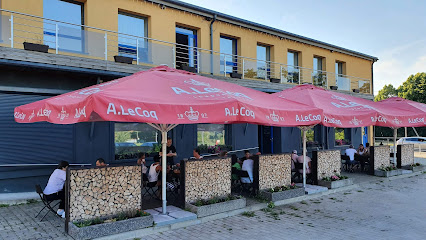
Kohvik Famagusta
Discover the cozy charm of Kohvik Famagusta in Narva-Jõesuu, where every cup of coffee is a warm embrace and every treat is a delight.
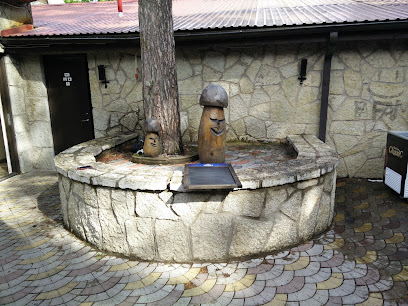
Local Phrases about Narva Castle
-
- HelloTere
[Teh-reh] - GoodbyeHead aega
[Heh-d ah-yeh-gah] - YesJah
[Yah] - NoEi
[Ay] - Please/You're welcomePalun
[Pah-loon] - Thank youAitäh
[I-taah] - Excuse me/SorryVabandage
[Vah-bahn-dah-geh] - How are you?Kuidas läheb?
[Kwee-dahs leh-heb] - Fine. And you?Hästi. Ja sina?
[Hah-stee. Yah see-nah] - Do you speak English?Kas te räägite inglise keelt?
[Kahs teh raay-gi-teh een-gli-seh kehlt] - I don't understandMa ei saa aru
[Mah ay sah ah-roo]
- HelloTere
-
- I'd like to see the menu, pleaseMa sooviksin menüüd näha, palun
[Mah soh-veek-seen meh-nooood nah-hah, pah-loon] - I don't eat meatMa ei söö liha
[Mah ay suh leeh-hah] - Cheers!Terviseks!
[Tehr-vee-sehks] - I would like to pay, pleaseMa sooviksin maksta, palun
[Mah soh-veek-seen mahk-stah, pah-loon]
- I'd like to see the menu, pleaseMa sooviksin menüüd näha, palun
-
- Help!Aidake!
[Eye-dah-keh] - Go away!Minge minema!
[Meen-geh mee-neh-mah] - Call the Police!Kutsuge politsei!
[Koot-soo-geh poh-lee-tseh-ee] - Call a doctor!Kutsuge arst!
[Koot-soo-geh ah-rst] - I'm lostMa olen eksinud
[Mah oh-lehn ehk-see-nood] - I'm illMul on halb olla
[Mool ohn hahlb ohl-lah]
- Help!Aidake!
-
- I'd like to buy...Ma tahaksin osta...
[Mah tah-hahk-seen oh-stah] - I'm just lookingMa vaatan ainult
[Mah vah-tahn ah-ee-nuhlt] - How much is it?Kui palju see maksab?
[Kwee pahl-yoo seh mahk-sahb] - That's too expensiveSee on liiga kallis
[Seh ohn leeh-gah kahl-lis] - Can you lower the price?Kas te saaksite hinda vähendada?
[Kahs teh saa-ki-teh hin-dah vah-hen-dah-dah]
- I'd like to buy...Ma tahaksin osta...
-
- What time is it?Mis kell on?
[Mees kell ohn] - It's one o'clockOn üks
[Ohn yks] - Half past (10)Pool (10)
[Pohl (10)] - MorningHommik
[Hohm-meek] - AfternoonPärastlõuna
[Pah-rahst-loh-oo-nah] - EveningÕhtu
[Ooht-oo] - YesterdayEile
[Ay-leh] - TodayTäna
[Tah-nah] - TomorrowHomme
[Hohm-meh] - 1Üks
[Yks] - 2Kaks
[Kahks] - 3Kolm
[Kohlm] - 4Neli
[Neh-lee] - 5Viis
[Veess] - 6Kuus
[Koos] - 7Seitse
[Sayt-seh] - 8Kaheksa
[Kah-hek-sah] - 9Üheksa
[Y-hek-sah] - 10Kümme
[Ku-mmeh]
- What time is it?Mis kell on?
-
- Where's a/the...?Kus on...?
[Koos ohn] - What's the address?Mis on aadress?
[Mees ohn ah-ah-dress] - Can you show me (on the map)?Kas te saaksite mulle näidata (kaardil)?
[Kahs teh saa-ki-teh mool-leh nah-ee-tah-dah kaar-deel] - When's the next (bus)?Millal on järgmine (buss)?
[Meel-lahl ohn yahrg-mee-neh booss] - A ticket (to ....)Pilet (....le)
[Pee-let ....-leh]
- Where's a/the...?Kus on...?
History of Narva Castle
-
Narva Castle, also known as Hermann Castle, was founded in the 13th century by the Danes. Originally a wooden structure, it was later rebuilt in stone. The castle became a critical stronghold for the Danes, who sought to assert their control over the region. Its strategic location on the Narva River made it an essential fortification in the Baltic region.
-
In 1346, the Teutonic Order purchased Northern Estonia, including Narva Castle, from the Danish King, Valdemar IV. The Teutonic Knights significantly fortified the castle, adding a high central tower, known as Hermann Tower, and strengthening its walls. This period marked the transformation of the castle into a formidable fortress, which played a pivotal role in the Order's campaigns against neighboring states.
-
Narva Castle fell under Swedish control in 1581 during the Livonian War. The Swedes undertook extensive renovations and expansions, turning the castle into a Renaissance-style fortress. During this time, Narva became a significant administrative and military center for the Swedish Empire. The castle's fortifications were enhanced to withstand modern artillery, reflecting the evolving nature of warfare.
-
The Great Northern War (1700-1721) brought significant conflict to Narva Castle. In 1700, the Battle of Narva saw a dramatic victory for the Swedish forces under Charles XII against a much larger Russian army. However, in 1704, Peter the Great of Russia successfully besieged Narva, marking the beginning of Russian dominance in the region. The castle suffered considerable damage during these sieges, but it remained a crucial military outpost.
-
Following the Great Northern War, Narva Castle became part of the Russian Empire. The castle's military importance declined, and it gradually transitioned into a more administrative and residential role. The surrounding town of Narva developed significantly during this period, becoming an important industrial center in the Russian Empire.
-
World War II brought devastation to Narva Castle and the town. The castle was heavily damaged during the Soviet and German battles in the region. Post-war reconstruction efforts focused on restoring the castle to its historical appearance. Today, Narva Castle stands as a testament to the resilience of the region and serves as a significant cultural and historical museum.
-
In contemporary times, Narva Castle is a major tourist attraction and a symbol of the town's rich history. The castle hosts various cultural events, exhibitions, and festivals, drawing visitors from around the world. Its museum offers insights into the diverse historical periods of Narva, showcasing artifacts and exhibits that highlight the castle's strategic importance and cultural heritage.
Narva Castle Essentials
-
Narva Castle is located in the northeastern part of Estonia, right on the border with Russia. The nearest major city is Tallinn, the capital of Estonia, which is approximately 210 kilometers away. From Tallinn, you can reach Narva by train, which offers a scenic route and takes around 2.5 to 3 hours. Alternatively, you can take a bus from Tallinn Bus Station, with the journey taking approximately 3 hours. For those who prefer driving, renting a car is an option, and the drive via the E20 highway is straightforward.
-
Once in Narva, the castle and many other attractions are within walking distance. The city has a good public transportation system, including buses that can take you around the city and to nearby areas. Taxis are also readily available and relatively inexpensive. For a more local experience, consider renting a bike to explore the city at your own pace.
-
The official currency of Estonia is the Euro (EUR). Credit and debit cards are widely accepted in hotels, restaurants, and shops in Narva. However, it is advisable to carry some cash for smaller establishments and local markets. ATMs are easily accessible throughout the city for cash withdrawals.
-
Narva is generally a safe city for tourists, but it is always wise to take standard precautions. Avoid walking alone at night in unfamiliar areas and keep an eye on your belongings in crowded places. While Narva does not have specific high-crime areas targeting tourists, staying vigilant is always recommended. Stick to well-lit streets and avoid poorly lit or deserted areas after dark.
-
In case of an emergency, dial 112 for immediate assistance, which connects you to police, fire, and medical services. Narva has a local police station and medical facilities, including Narva Hospital, which can handle most medical emergencies. It is highly recommended to have travel insurance that covers medical emergencies. Pharmacies are available throughout the city for minor health issues.
-
Fashion: Do dress comfortably and appropriately for the weather. Avoid overly revealing clothing when visiting religious sites. Religion: Do respect local customs and traditions. If visiting a church, dress modestly and remove hats. Public Transport: Do respect local customs by giving up your seat to elderly passengers. Don’t eat or drink on public transport. Greetings: Do greet people with a polite 'Tere' (Hello) or a handshake. Eating & Drinking: Do try local foods and drinks. Don’t refuse hospitality, as it may be considered impolite.
-
To experience Narva Castle like a local, consider visiting during one of the numerous historical reenactment events that take place at the castle. Engage with the local guides, who often provide fascinating insights into the castle's history. Don’t miss the opportunity to explore the Narva River Promenade, which offers stunning views of both the castle and the neighboring Russian city of Ivangorod. For a unique dining experience, try the local cuisine at one of the nearby restaurants, where you can enjoy traditional Estonian dishes.
Nearby Cities to Narva Castle
-
Things To Do in Rakvere
-
Things To Do in Tartu
-
Things To Do in Paide
-
Things To Do in Porvoo
-
Things To Do in Võru
-
Things To Do in Viljandi
-
Things To Do in Tallinn
-
Things To Do in Rapla
-
Things To Do in Helsinki
-
Things To Do in Valga
-
Things To Do in Espoo
-
Things To Do in Lahti
-
Things To Do in Pärnu
-
Things To Do in Haapsalu
-
Things To Do in Savonlinna


